On the morning of April 9th, Expedition 63 launched to the International Space Station (ISS) from the Baikonur cosmodrome in Kazakhstan.
Three space travelers launched to the International Space Station aboard a Soyuz MS-16 spacecraft.
Astronaut Chris Cassidy of NASA and cosmonauts Anatoly Ivanishin and Ivan Vagner of the Russian space agency Roscosmos lifted off, on a six-hour journey to the ISS.
This is the third spaceflight for both Cassidy and Ivanishin and the first for Vagner. During their mission on the station, they’ll welcome NASA’s Bob Behnken and Doug Hurley aboard the SpaceX Crew Dragon, which is currently targeted to launch no earlier than mid-to-late May.
The mission is expected to end and the astronaut and cosmonauts are expected to land back in October 2020.
The new crew members will dock to the station’s Zvezda service module.
They will join Expedition 62 Commander Oleg Skripochka of Roscosmos and NASA Flight Engineers Andrew Morgan and Jessica Meir, who will complete their station mission and return to Earth April 17th on the Soyuz MS-15 spacecraft, which will land in Kazakhstan.
Morgan launched July 20th, 2019, for an extended duration mission.
Meir and Skripochka launched to the space station aboard a Soyuz spacecraft on September 25th, 2019.
There are numerous photographs showing the team, as well as the Soyuz MS-16 spacecraft being transported to the Site 31 launch pad.
The orbiting research lab has cost the partner nations (including the US and Russia) more than $100 billion over three decades, and maintaining the outpost requires regular crew rotations and supply deliveries.
The liquid-fueled Soyuz rocket emerged on a railcar from its assembly hangar — known by the Russian acronym MIK — around sunrise Monday for the railroad journey across the Russian-operated cosmodrome to the Site 31 launch complex.
After arriving on the pad deck, a hydraulic erector lifted the Soyuz-2.1a launcher vertical. Folding gantry arms were later raised into position around the Soyuz rocket to provide access for technicians to ready the vehicle for liftoff.
Russian Soyuz commander Anatoly Ivanishin, making his third trip into space, will occupy the center seat of the Soyuz MS-16 crew capsule. Flight engineer Ivan Vagner, a first-time space flier, will be to his left, and NASA astronaut Chris Cassidy will sit to his right during the nine-minute climb into orbit.
The Soyuz shed its launch abort motor and four liquid-fueled boosters less than two minutes into the mission. The capsule jettisoned an aerodynamic shield, and core stage shut down and separated nearly five minutes after liftoff.
A third stage powered by a four-nozzle RD-0110 engine injected the Soyuz MS-16 spaceship into a preliminary orbit at around T+plus 8 minutes, 46 seconds. Moments later, the crew capsule flew free of the rocket’s third stage and unfurled two power-generating solar array wings.
The launch is the first time a crew rides a Soyuz-2.1a booster into orbit.
The Soyuz-FG variant of Russia’s venerable Soyuz launcher, which previous carried Soyuz crews into space, was retired in 2019.
The Soyuz-2.1a’s upgrades include a modernized digital flight control system, replacing the analog guidance system on older Soyuz models, along with improvements to engine injection systems.
The digital control system allows the Soyuz-2.1a rocket to execute a roll program a few seconds after liftoff to reach the correct azimuth to align its flight path with the space station’s orbit.
The Soyuz-FG rocket previously used to launch Soyuz crews had to be rotated into the correct orientation on the launch pad before liftoff.
An unpiloted Soyuz capsule rode a Soyuz-2.1a rocket to orbit August 2019 on a test flight to ensure the upgraded launcher configuration could safely loft station crews into space.
The Soyuz-2.1a rocket variant has launched dozens of times since 2004, including flights with Progress cargo freighters on missions to resupply the space station.
MORE ON THE TOPIC:




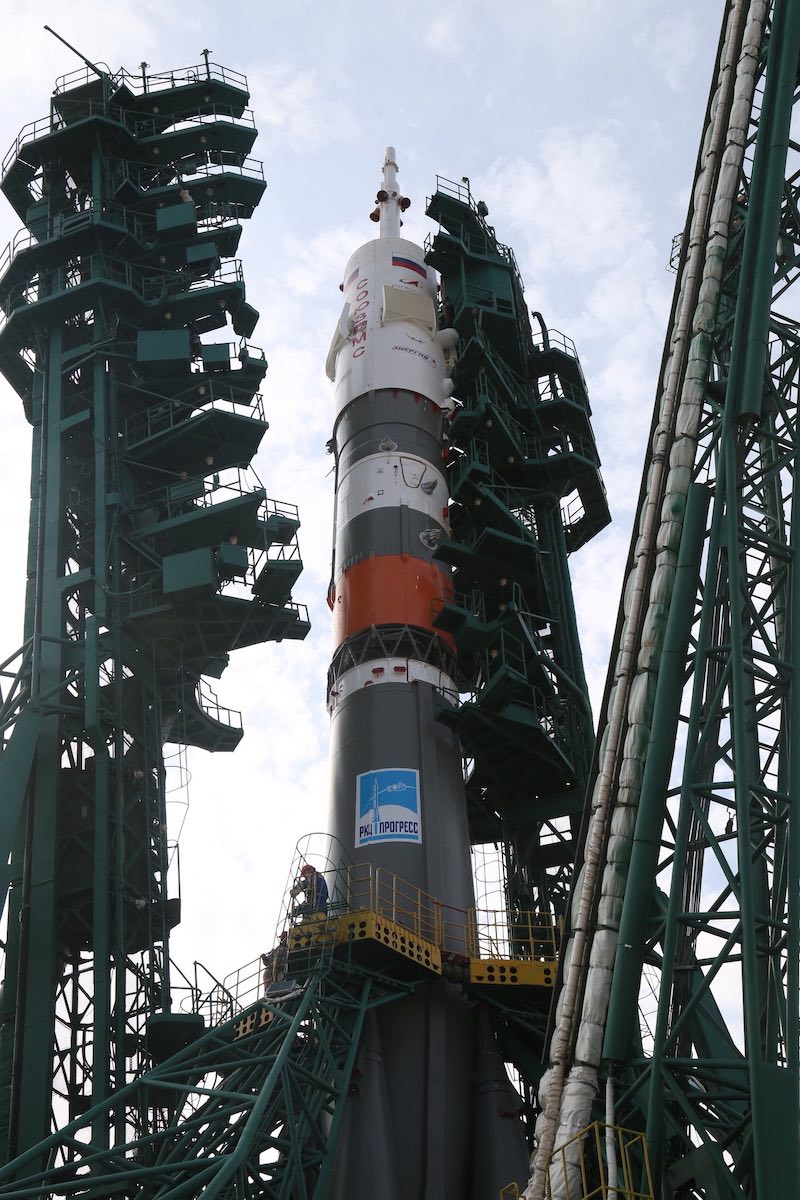
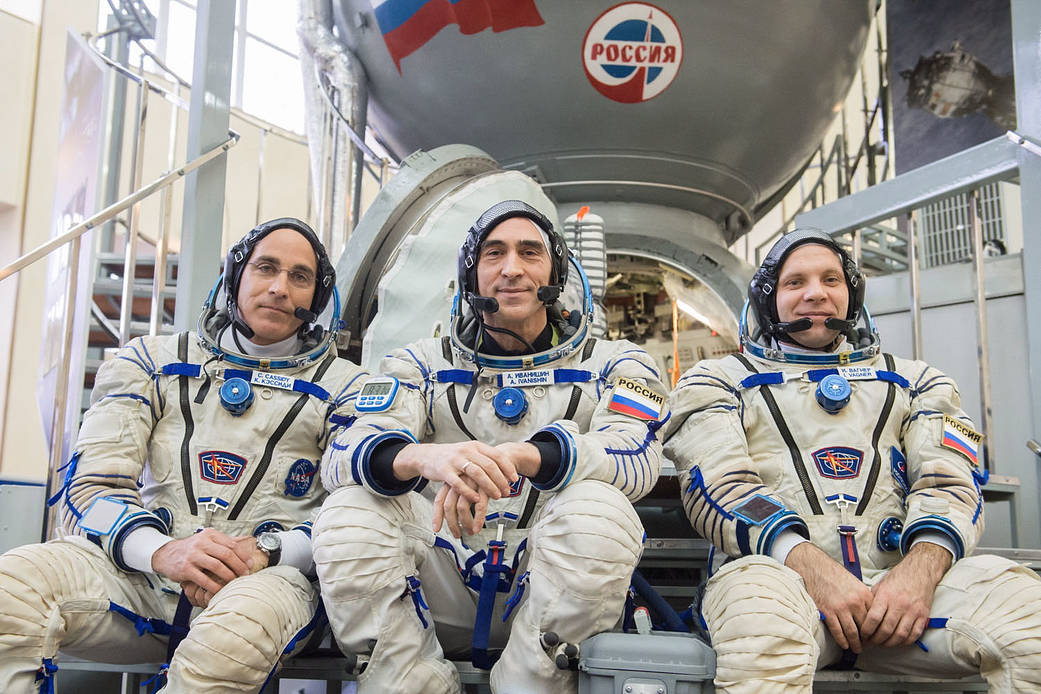
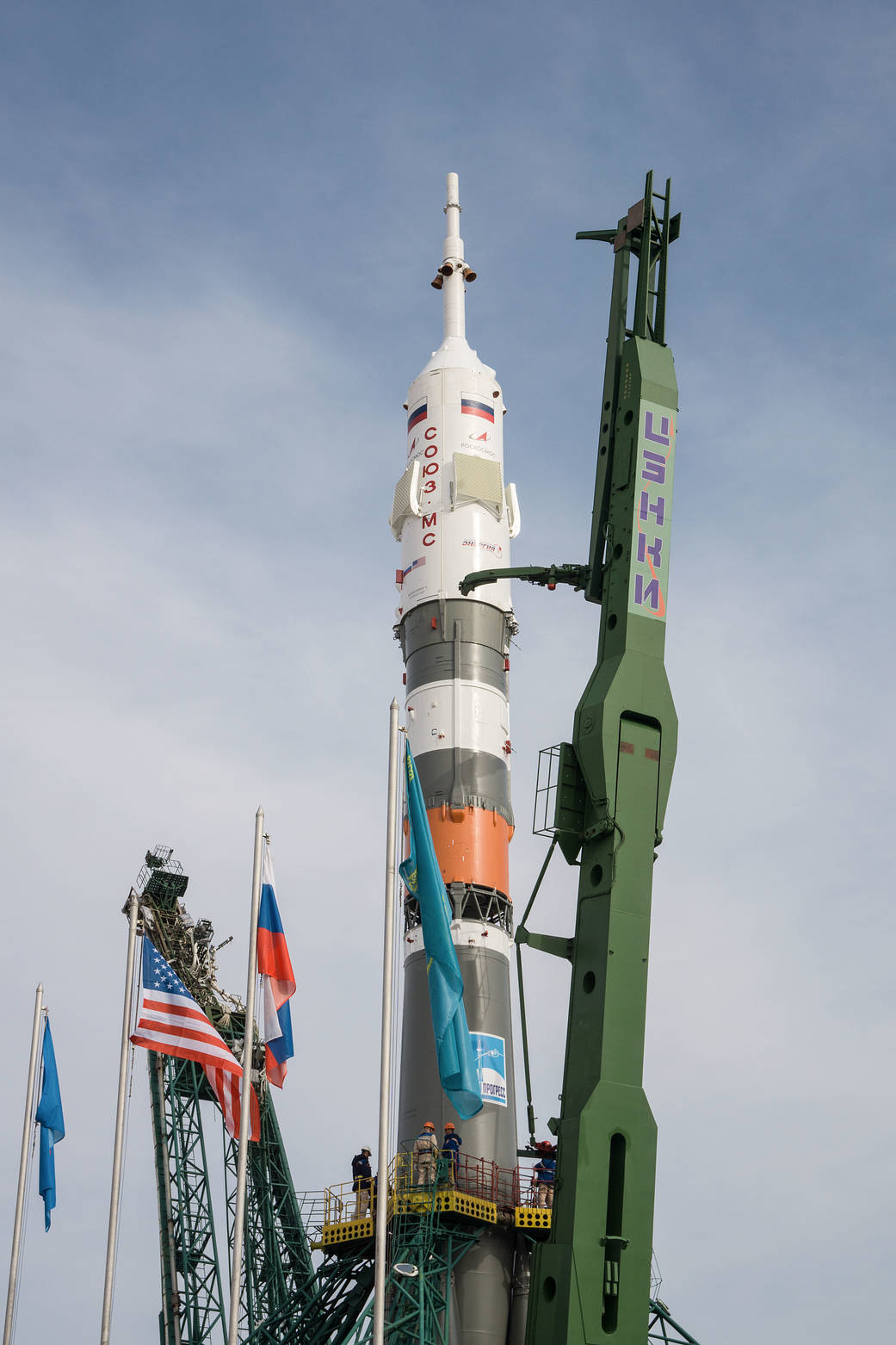
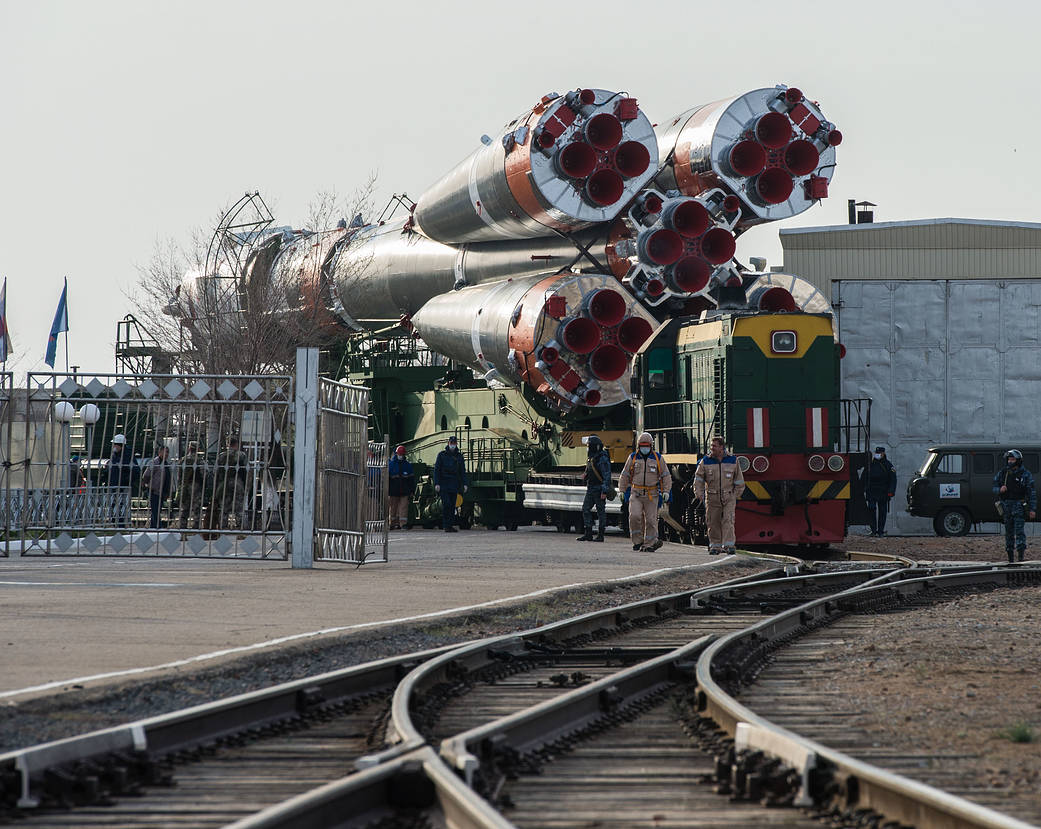
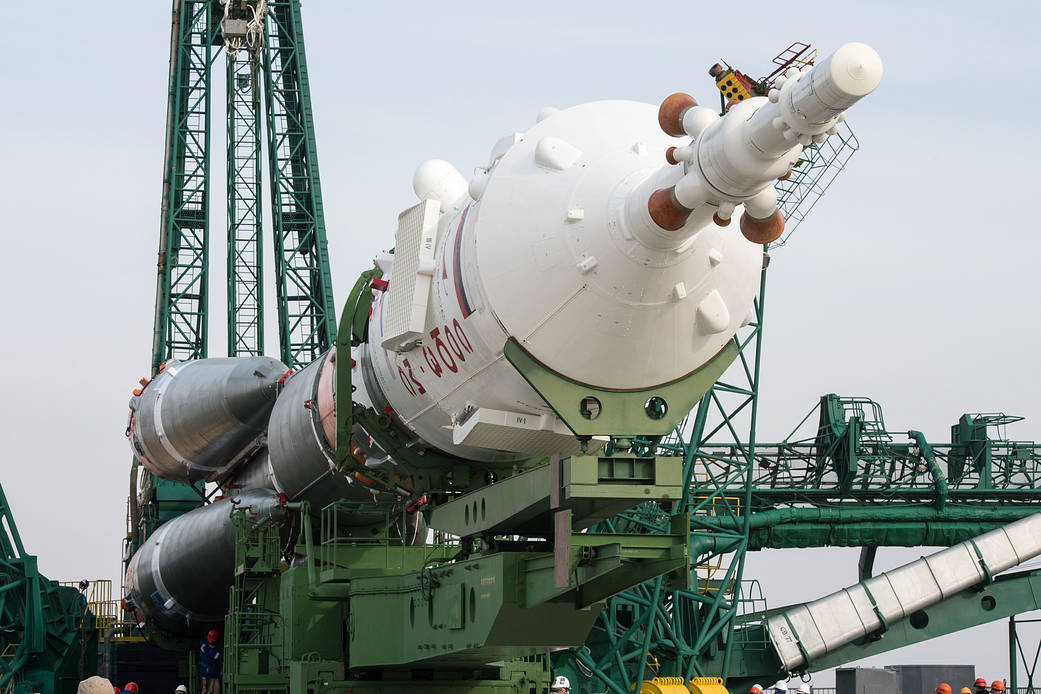
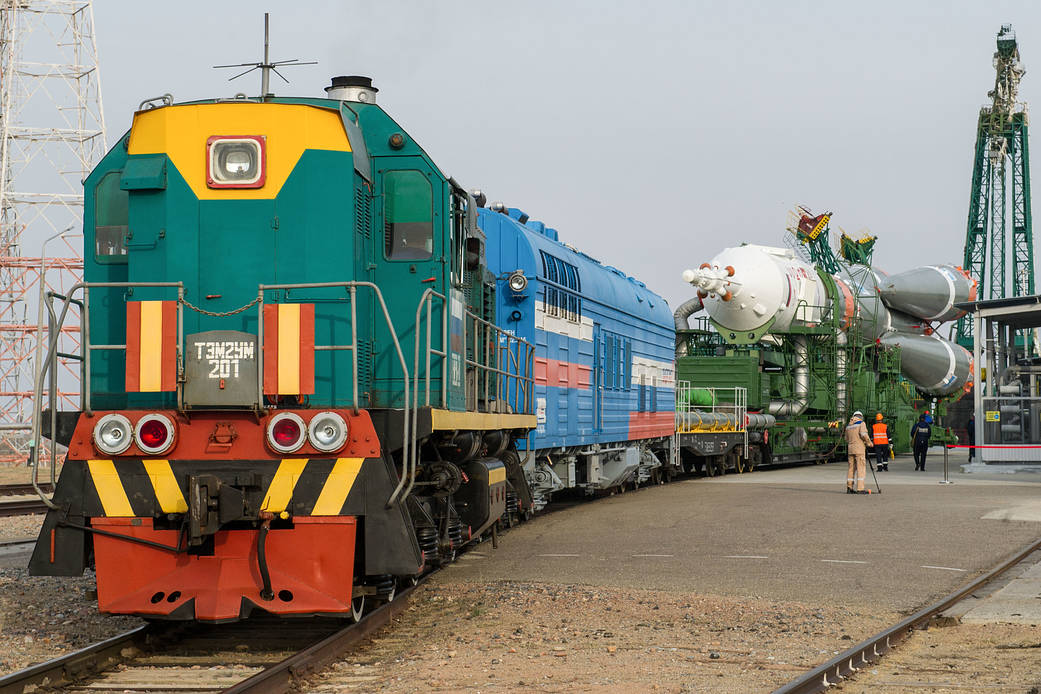
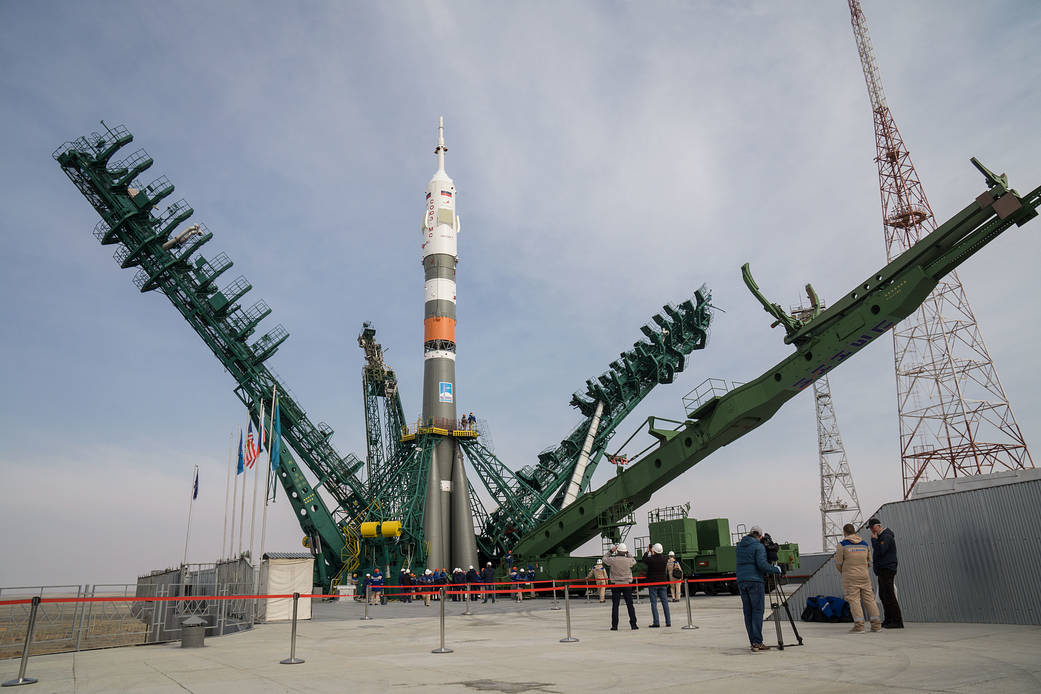
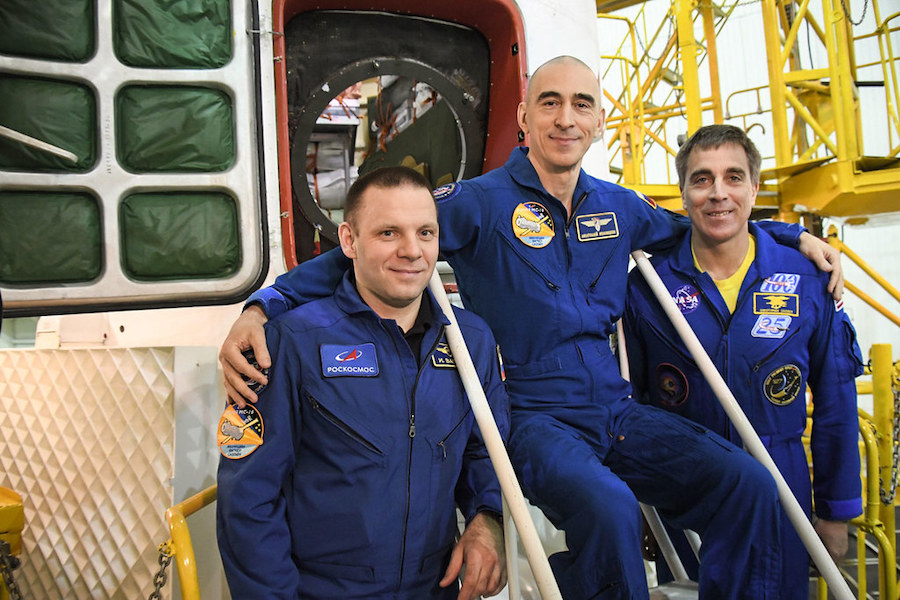
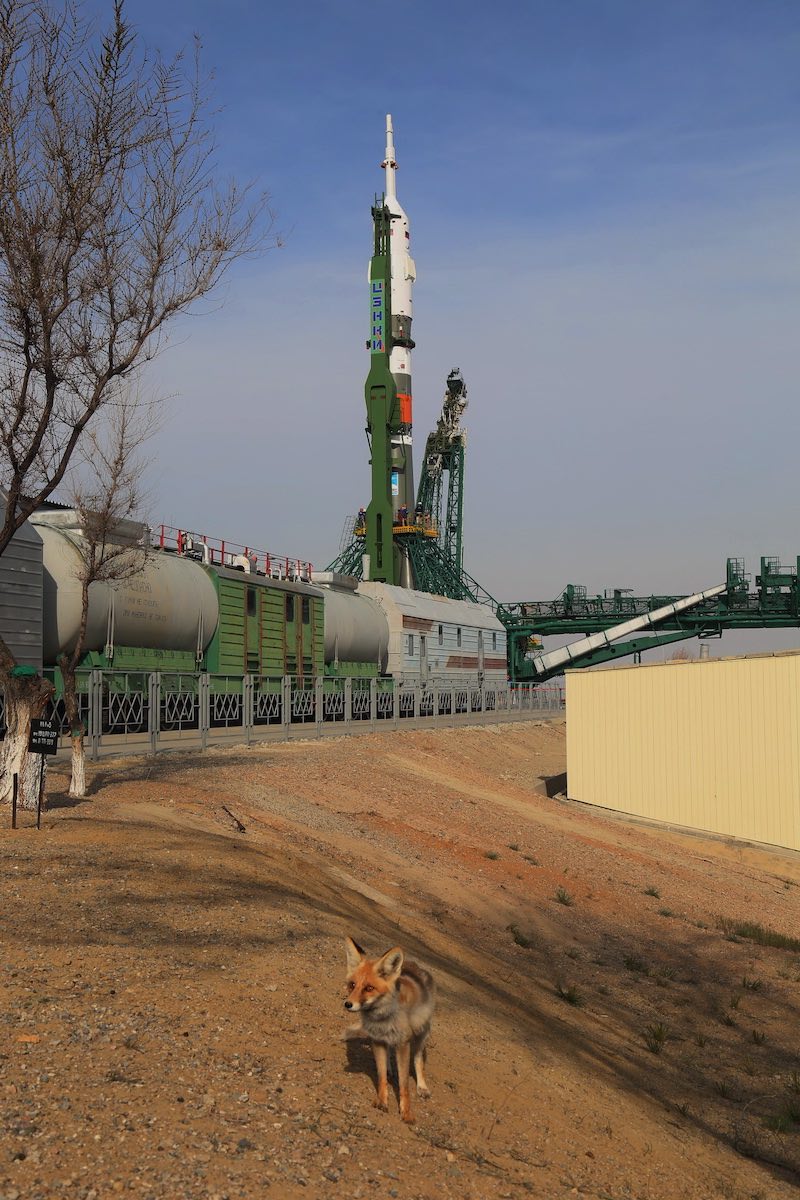
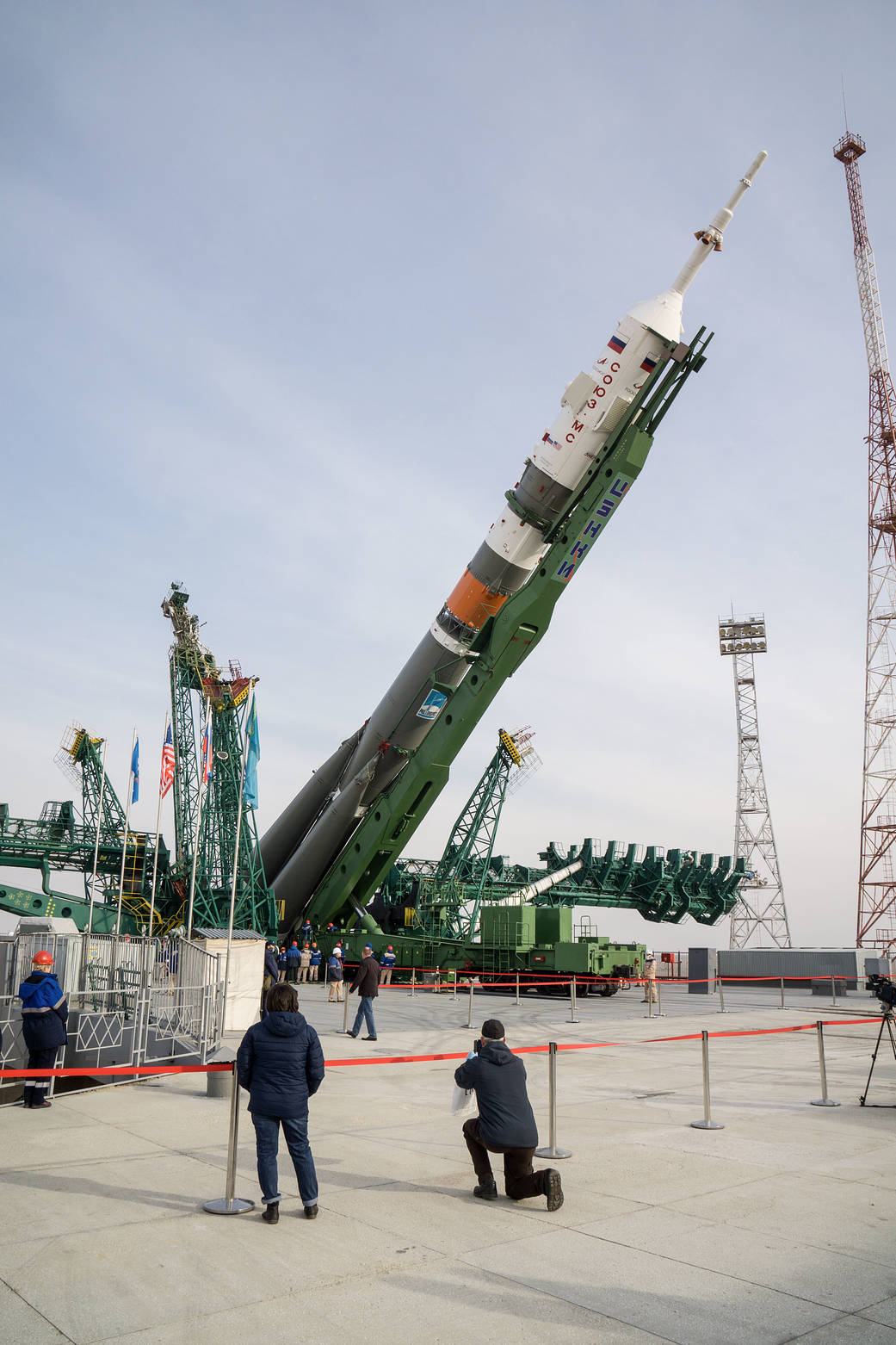
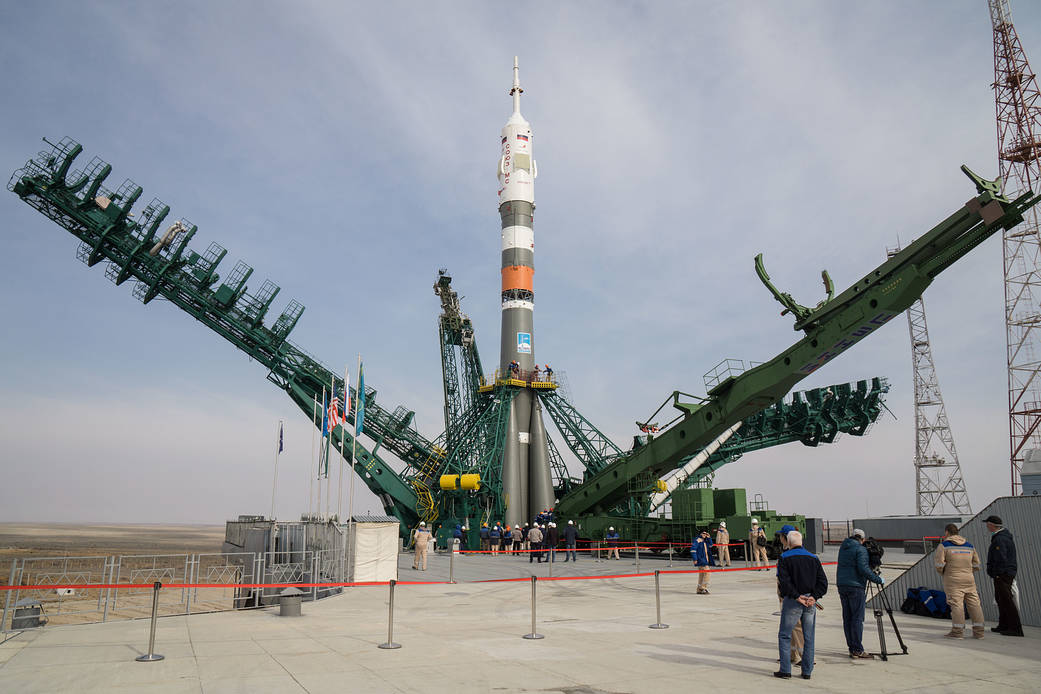
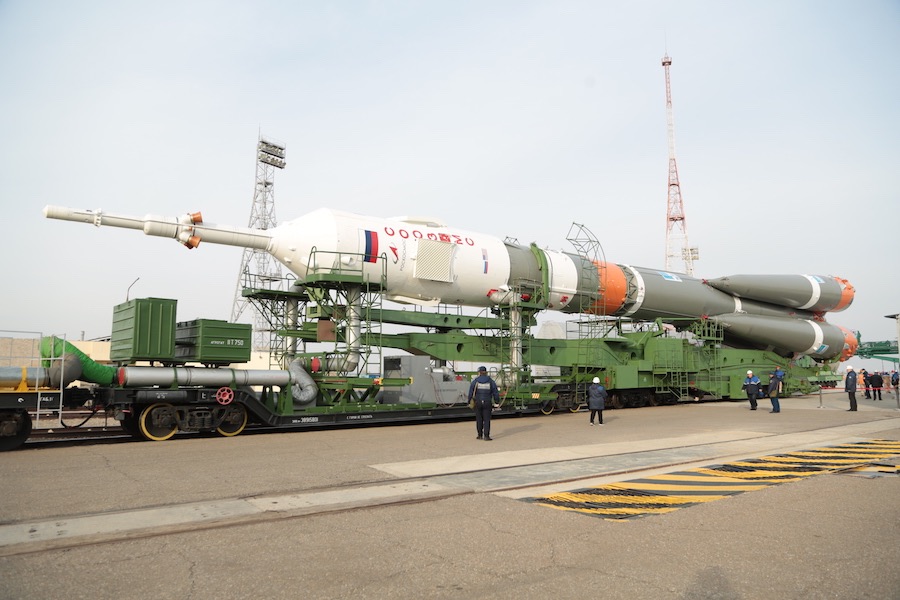
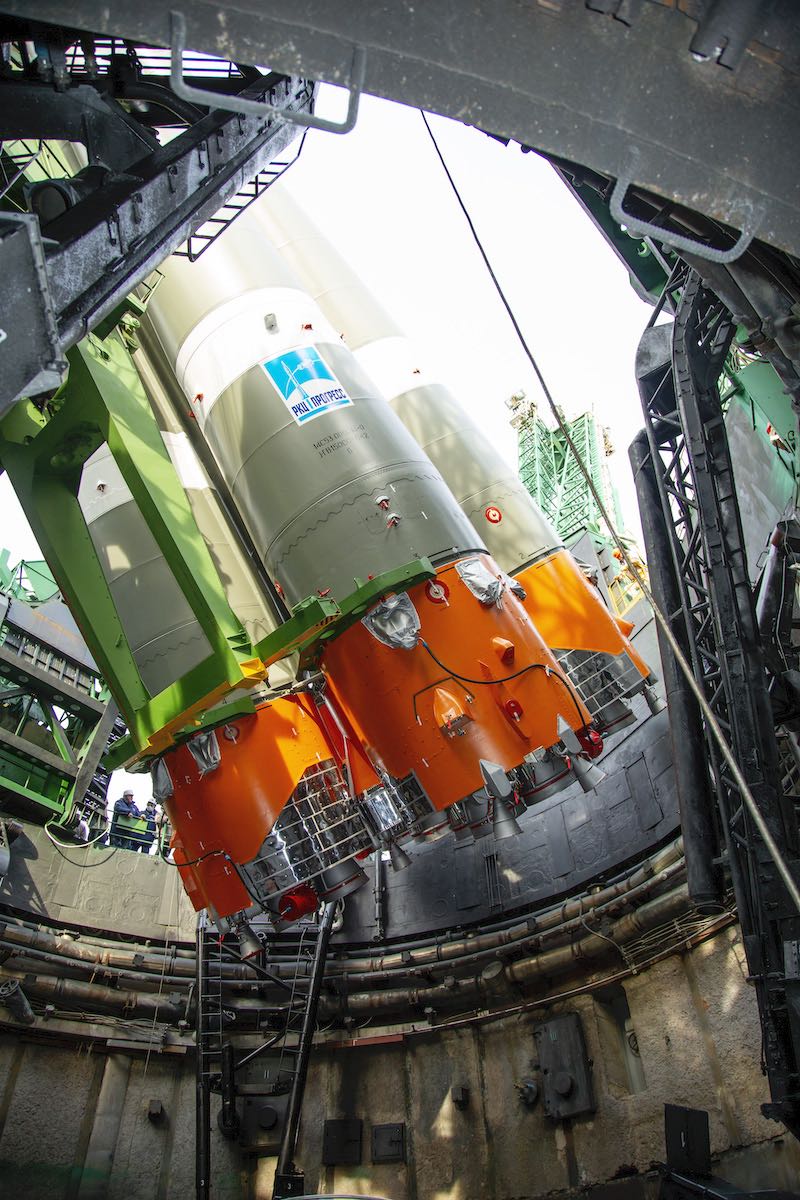
Contrast how the professional scientific community can work for a greater good, when the political-military class seeming cannot or don’t want to do so.
Like the picture of the star fox by the way.
Russia is love Russia is life.
Truth on russias side,god blessed them see!
Amen.
Bringing up U.S. astronauts….
Reaching for the stars.
Glory to Mother Russia.
CIA trolls and hasbarats will cry and rage ;)
Elon musk fan fan boys,then they post something better of course,musks kinda boring now!
Love the Soyuz.
Most beautiful Rocket ever.
Korolev was a genius.
Real genuises,unlike certain other genius with its video card scams!
frgn western corporate drug addicts,i dunno!
Welcome our real world of outer manned space exploration,notice each time Russia conducts a real mission,elon sends his garbage fan boys to try to sprout out all kinds of faxe x bullshit so to make corpoarate socialists nwo/look more intelligent the the real deal scientists and space missions? I do!
Wish the brave men all the best,fake x to hell with your zealing scams,why link bullsht to this?
Do they get quarantined for 14 days when they get there?
AWESOME